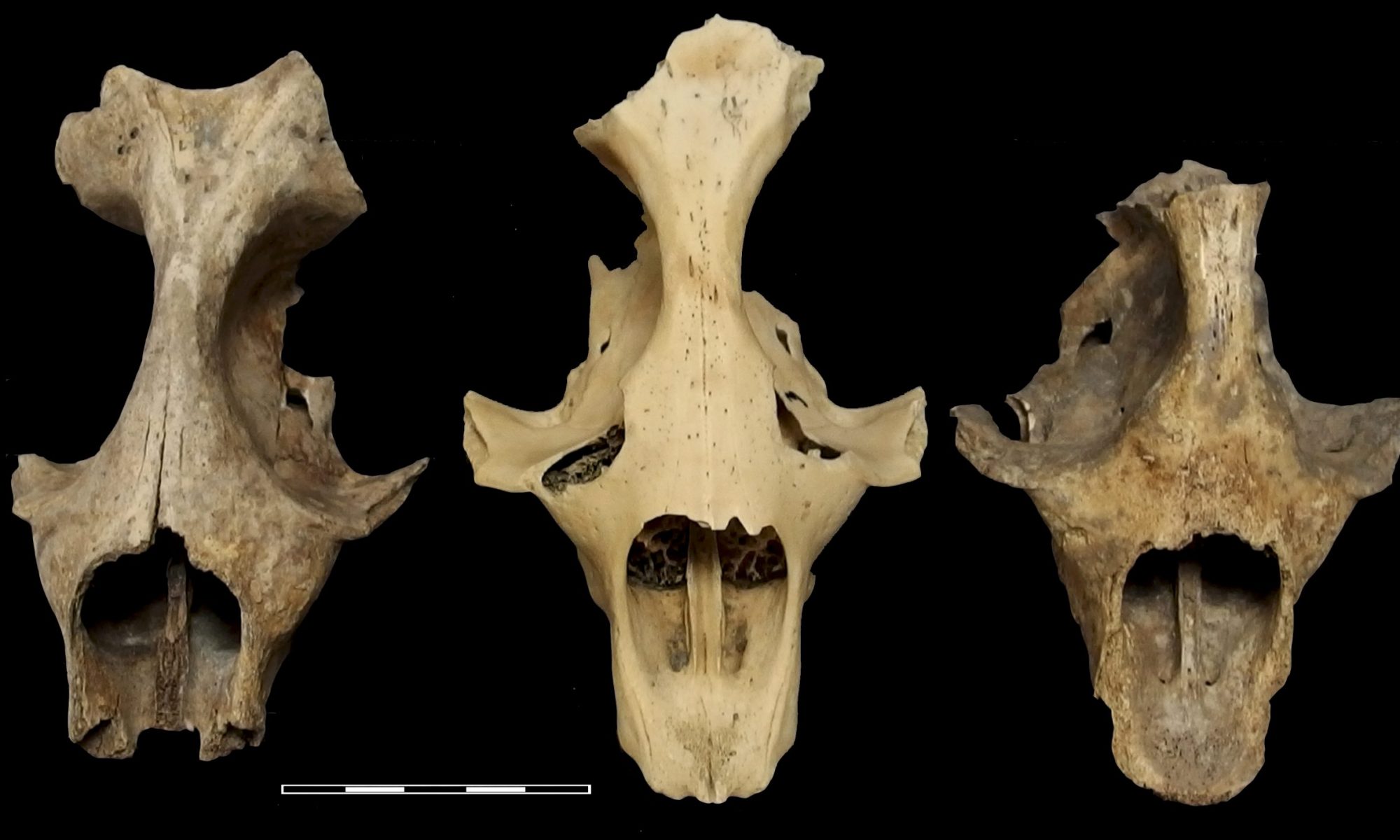The origin of human osteological collection in Lithuania dates back to the late 19th century, when in 1855 the Museum of Antiquities in Vilnius was established by historian and avid archaeologist count Eustachy Tyszkiewicz. Together with the Vilnius Temporary Archaeological Commission (1855-1865) the museum was the most important cultural and scientific institution displaying over 67 000 historical items that reminded of the old Grand Duchy of Lithuania. However, after the failed January Uprising in 1863, tsar Alexander II took a particularly strict russification policy – the museum was nationalized and reorganized, with almost all items being relocated to St Petersburg and the Rumyantsev Museum in Moscow, leaving only a small fragment of it in Lithuania (Lietuvos nacionalinis muziejus).
During the turmoil of the Word War I, all the remaining archaeological exhibits from the Museum of Antiquities were threatened or even vanished, and in the Great Retreat in 1915 the old museum inventory book was moved to Russia. Remnants of valuable items were saved by famous Polish-Lithuanian anthropologist professor Julian Talko-Hryncewicz. In the spring of 1920 Hryncewicz initiated the establishment of the Department of Anthropology and Prehistory, which served as a haven for exhibits from the Museum of Antiquities.
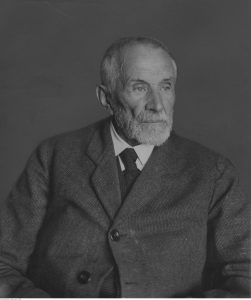
Thanks to the professor, the newly formed collection, which included several long bones and 300 skulls derived from different cemeteries and burial mounds in Poland and Belarus, was moved to the former Masalski Palace (now Pilies Street 11). However, due to unsuitable conditions – unheated and constantly water-filled premises – and the deteriorating military situation in Vilnius, all artifacts soon were transferred to a safer location near the Gates of Dawn (Aušros Vartai), Vilnius. Hryncewicz contributed to Lithuanian anthropology by much more than saving items of the Museum of Antiquity. His immense interest in the past resulted in a selective collecting pattern, especially skulls, which at the time were of more general interest, more abundant, and comparatively easy for transportation and storing.
After professor Hryncewicz left Vilnius, the new head of the department, professor Michał Reicher, initiated a construction of a new Anatomicum. In 1934, the new three-story north wing building was finally completed in M. K. Čiurlionio Street 21, where the Faculty of Medicine of Vilnius University is still located (Fig. 2). The Department with the skull collection was moved to a new place where it is stored until now.
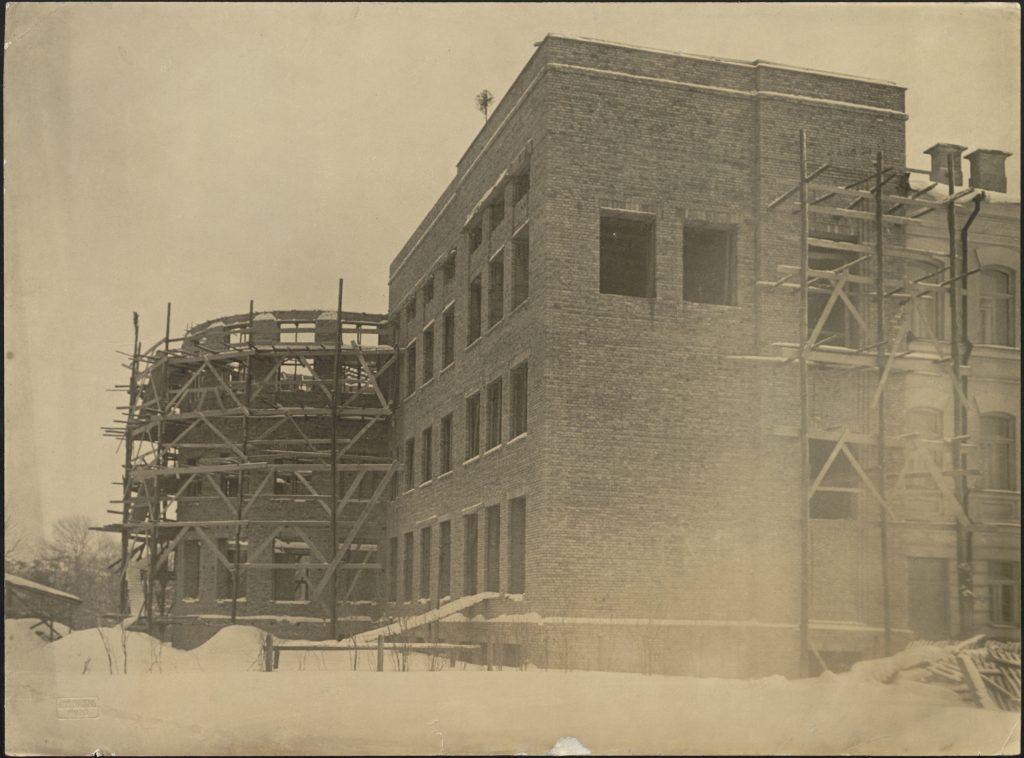
In the period of 1920-1939, Vilnius was expanding and was constantly under construction. The development of the city and the involvement of Stephen Bathory University anatomists in the rescue excavations, led to the growth of the osteological collection, especially at the end of the 1930s. The excavations carried out in interwar Vilnius and its surroundings nowadays constitute the historical part of skull collection that contains finds from J. Jasinskis, Z. Sierakauskas, Pranciškonai, Turgus, Šv. Ona Streets, and Tauras Hill.
When World War II started in 1939, Stephen Bathory University was reorganized. The inventory of the former Department of Anatomy was partly moved to Poland and to Kaunas. It is unknown how exactly the turmoil of WWII might have affected the osteological collection, but based on the number of remaining skulls and the inventory book, the damage of the osteological set was minimal. After Vilnius University was reinstate, osteological collection became a part of Department of Anatomy at Medical Faculty.
Preserving the collection became a significant challenge even at the beginning of the Soviet occupation. An official order led the dean of the Faculty – professor Salezijus Benignas Pavilonis – to remove the entire skull collection due to the set being “racist”. Luckily, professor Pavilonis refused to obey and decided to cover the cabinets storing the skulls with posters on human evolution.
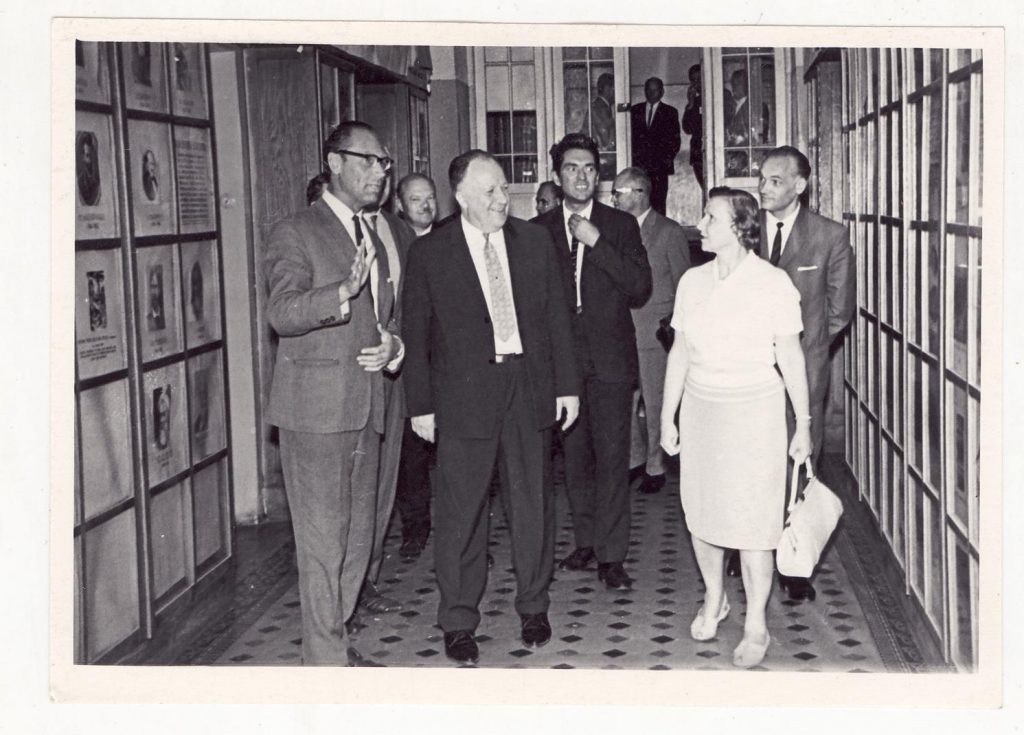
A new phase of anthropological research began in the 1970s. Encouraged by prof. S. Pavilonis, anthropologist G. Česnys resume studies on skulls. The modernization of the anthropological collection began with the gathering of human bone sets that were scattered in various museums and institutions. Thanks to prof. G. Česnys, at that time archaeologists and anthropologists started to collaborate more actively. For this reason, the collection was revived and began to constantly grow. Not only skulls were gathered, but long bones were also collected and stored. Prof. G. Česnys deep interest in anthropology resulted in the first in-depth studies on morphological, demographical and health indicators of Lithuanian paleopopulations. During this period, popular “ethnogenetic” studies, the desire to discover the origins of the “Lithuanian” anthropological type stimulated not only the interest of scientists, but also of the general public in the history of the old inhabitants of Lithuania.
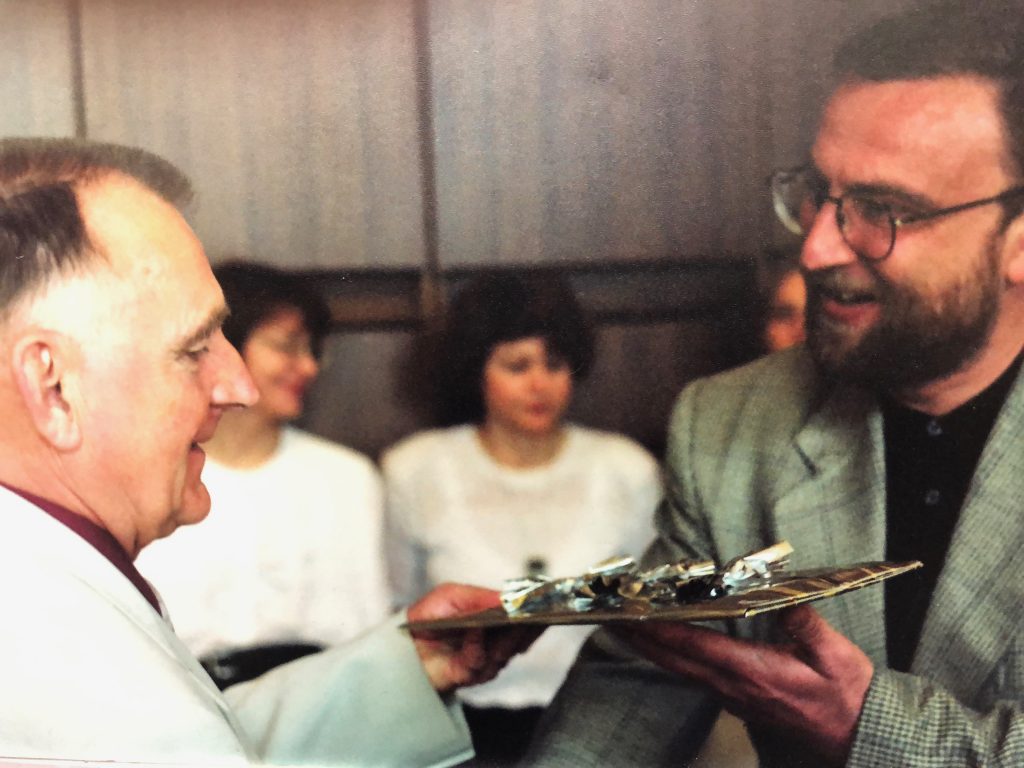
In the end of the 1980s G. Česnys and R. Jankauskas decided to start collecting complete human skeletons. Hence, the collection was enriched with 1152 well-preserved individuals from the 14th -17th century Alytus burial ground, marking a new phase for the human osteological collection.
The collapse of the Soviet Union and access to the latest scientific literature, advanced methodology, and various studies, as well as systemic collection of complete human skeletons, allowed a more comprehensive analysis of human osteological material. Nowadays, more attention is payed to paleopathology, genetics, stable isotope analysis. The renewal of osteological collection and its involvement in a new bioarcheological field of research is primary a merit of prof. R. Jankauskas.
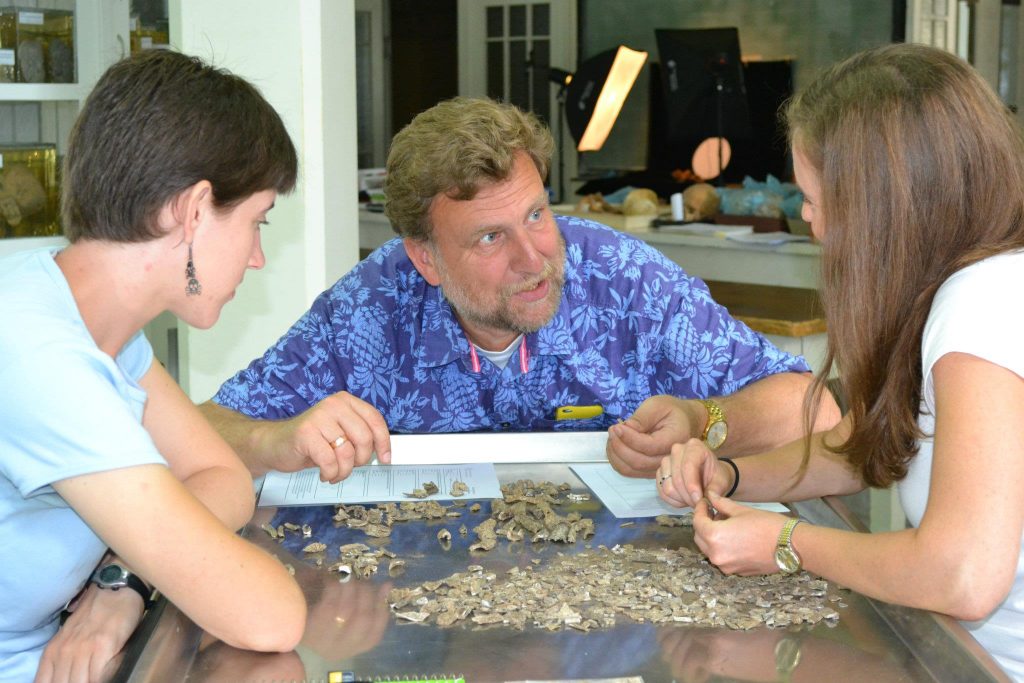
Increasing inquiries for collaboration of Lithuanian and foreign researchers prove that the osteological collection of Vilnius University perfectly represents Lithuania and the Baltic region. The collection provided material for five doctoral dissertations and some master’s theses and is constantly included in various national and international scientific projects.
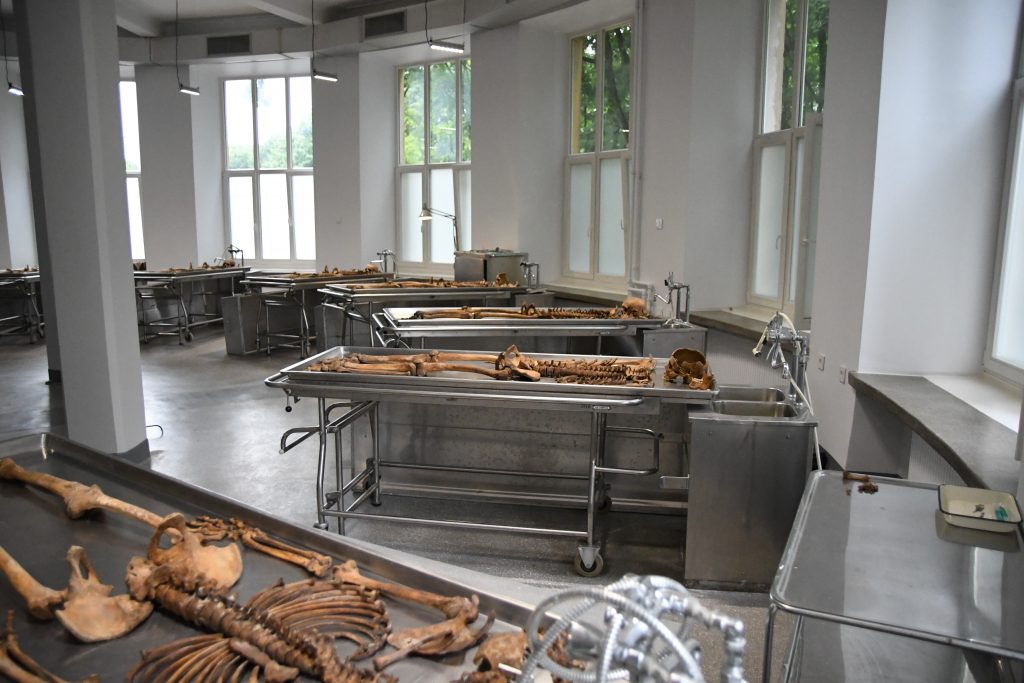
Justina Kozakaitė, Rūta Brindzaitė, Žydrūnė Miliauskienė, Aistis Žalnora, Rimantas Jankauskas, 2020. The Human Osteological Collection of Vilnius University, Archaeologia Lituana, Vol. 21. In press
